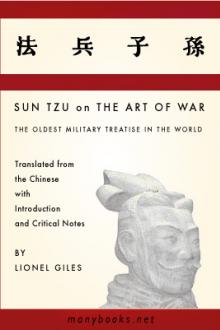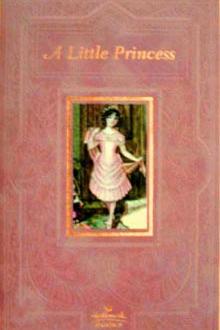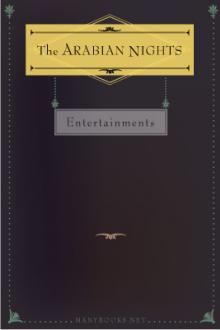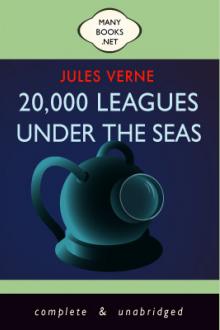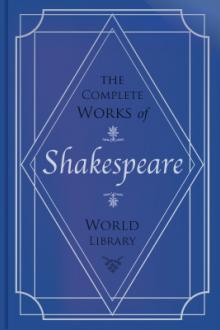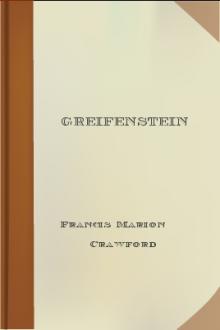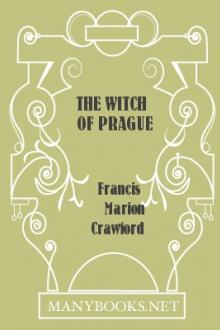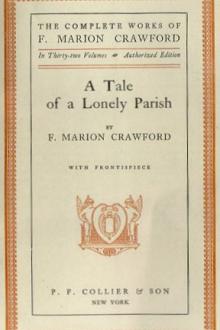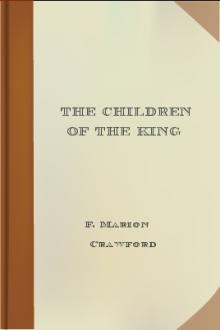Saracinesca
Saracinesca
Set chiefly in Rome during the 1860s, the novel paints a rich picture of the period, detailing the spiritual and economic problems of the aristocracy at a time when its influence and status were under attack from the emerging forces of modernity.
Book Excerpt
rance or manners; still less can they be considered to be types of their own nation. And yet such is the force of tradition, of the patriarchal family life, of the early surroundings in which are placed these children of a mixed race, that they acquire from their earliest years the unmistakable outward manner of Romans, the broad Roman speech, and a sort of clannish and federative spirit which has not its like in the same class anywhere in Europe. They grow up together, go to school together, go together into the world, and together discuss all the social affairs of their native city. Not a house is bought or sold, not a hundred francs won at écarté, not a marriage contract made, without being duly considered and commented upon by the whole of society. And yet, though there is much gossip, there is little scandal; there was even less twenty years ago than there is now--not, perhaps, because the increment of people attracted to the new capital have had any bad influence, but simply because the ci
Editor's choice
(view all)Popular books in History, Fiction and Literature, Romance, Religion
Readers reviews
5.0
LoginSign up
Widely regarded as F. Marion Crawford's greatest work, "Saracinesca" is a fine historical romance set in mid-19th century Rome. The book proceeds at a leisurely pace, as Crawford paints a broad picture of the fading Italian aristocracy, and his leading characters' place in that society. It is a romance, but in such a careful setting and with such a long time getting to the actual courtship that many readers judge it as great literature long before such incidents as sword fights take center stage.
And yet, when the sword fights come, it is told with the same realism the frames the earlier parts of the novel. Indeed, it will come as no surprise to learn that not only had Crawford been born in Italian society, and heard many tales of aristocratic intrigue as gossip in his own home, at an early age, he was himself an expert fencer.
Few novels balance as carefully and delightfully "romance" with historical realism. If you want a reliable picture of Italy's transition into modernity, you could hardly do better than this book. Crawford's attention to detail, and his command of Italian history, were proven again and again in his novels, as well as in a later series of histories. But it is with "Saracinesca" and its immediate successors that we see his art at full flower.
This is that rare thing: a great book that also qualifies as a "page turner."
And yet, when the sword fights come, it is told with the same realism the frames the earlier parts of the novel. Indeed, it will come as no surprise to learn that not only had Crawford been born in Italian society, and heard many tales of aristocratic intrigue as gossip in his own home, at an early age, he was himself an expert fencer.
Few novels balance as carefully and delightfully "romance" with historical realism. If you want a reliable picture of Italy's transition into modernity, you could hardly do better than this book. Crawford's attention to detail, and his command of Italian history, were proven again and again in his novels, as well as in a later series of histories. But it is with "Saracinesca" and its immediate successors that we see his art at full flower.
This is that rare thing: a great book that also qualifies as a "page turner."
- Upvote (0)
- Downvote (0)
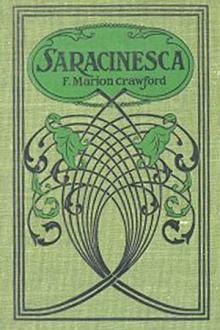
 Free Download
Free Download











